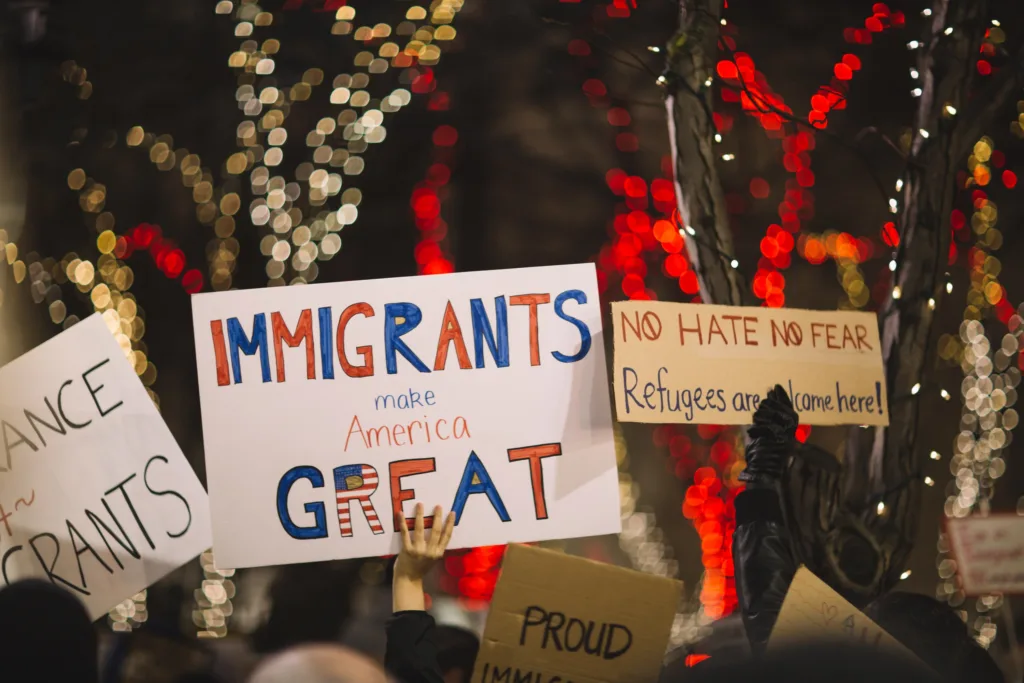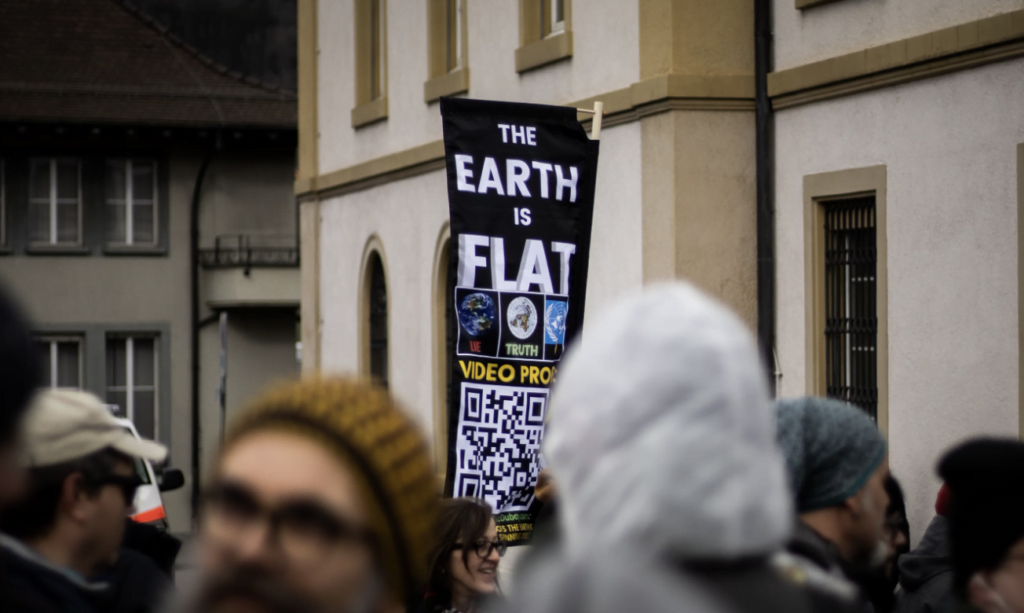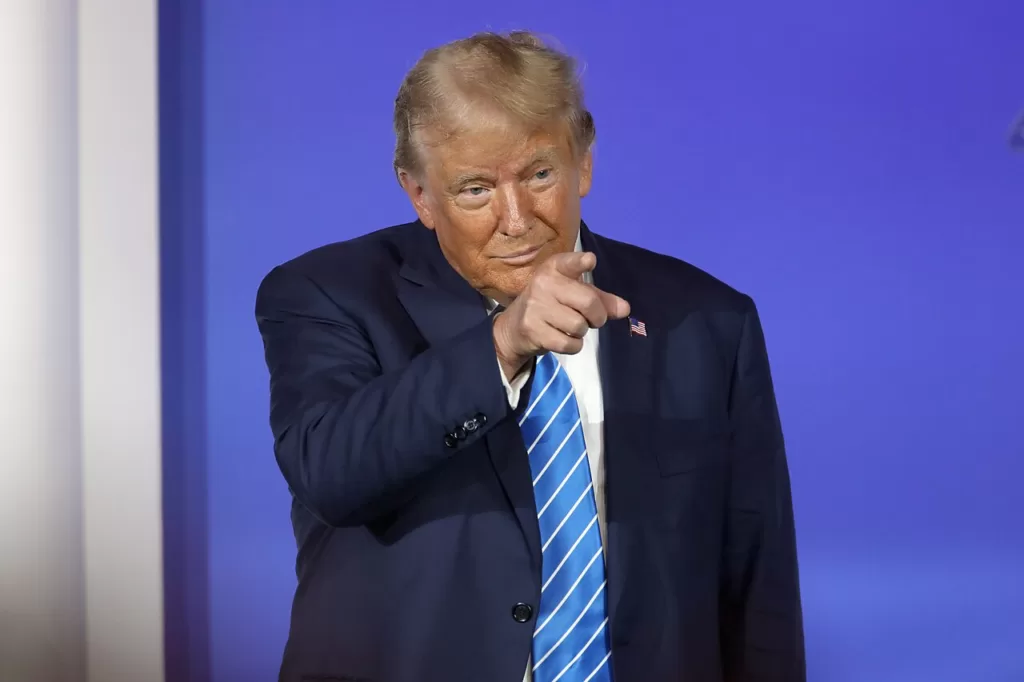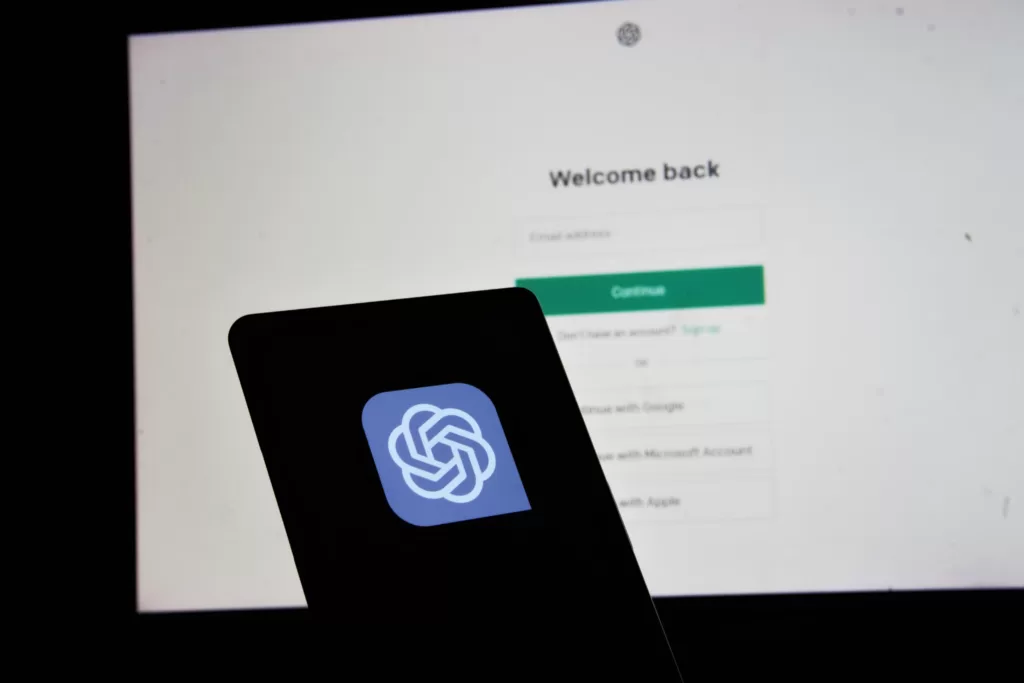We use cookies to improve your experience with Monash. For an optimal experience, we recommend you enable all cookies; alternatively, you can customise which cookies you’re happy for us to use. You may withdraw your consent at any time. To learn more, view our Website Terms and Conditions and Data Protection and Privacy Procedure.
Fighting back as misinformation ramps up
Published on November 20, 2023Misinformation is nothing new, but AI, social media and eroding trust in institutions are making the threat stronger than ever.
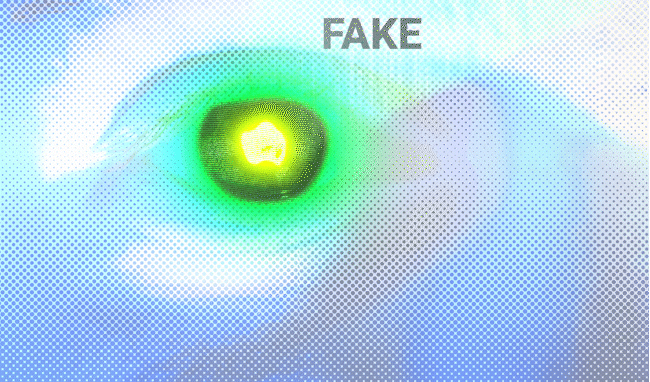 In a post-truth era, conspiracy is mainstreamed and fundamental facts are up for dispute. : Michael Joiner, 360 nfo CC BY 4.0
In a post-truth era, conspiracy is mainstreamed and fundamental facts are up for dispute. : Michael Joiner, 360 nfo CC BY 4.0
Misinformation is nothing new, but AI, social media and eroding trust in institutions are making the threat stronger than ever.
In research published this week, Australian researchers leveraged artificial intelligence to produce over 100 blog posts containing disinformation about health, vaccines and vaping. It took just over an hour to generate and included convincing images, fake stories from patients and doctors, and fabricated references.
Misinformation and disinformation are not new problems. In the United States, for example, misinformation is part of the political landscape. Former president Donald Trump is rightfully credited with ratcheting up the misinformation, but his predecessors each have signature lies on their record.
Barack Obama’s administration manipulated numbers on drone strikes ordered under his watch, Bill Clinton’s presidency almost ended over his affair with White House intern Monica Lewinsky, and George W. Bush presided over an invasion of Iraq deemed illegal by the UN, searching for weapons of mass destruction that were never found.
Elsewhere in the West, Australia is dealing with its own misinformation reckoning. The failed Indigenous Voice referendum was derailed by misinformation, from far-flung conspiracy theories involving the United Nations to inaccuracies spread by prominent politicians.
But Australia’s misinformation issue didn’t spring up in the 2020s, either. Prime Minister John Howard’s 2001 claim that seafaring asylum seekers were throwing their children overboard to lure rescue boats was disproved by a Senate enquiry.
Previously, these sorts of lies from politicians had a cat-and-mouse quality to them: when a public figure was dishonest, the media and the public would work to smoke out the truth. That’s not so simple in the post-truth era, in which conspiracy theories are mainstreamed and fundamental facts are up for dispute.
The game has changed on many levels. The proliferation of technology and digital platforms makes the amplification of false information easier — anyone can speak to the world, anyone can knowingly or unknowingly share misinformation, and content moderation practices on platforms like X (formerly Twitter) and TikTok are notoriously pared back.
Trust in conventional institutions like the mainstream media has also been eroded. Some of this has been self-inflicted, but the media, experts and institutions have also been under concerted attack by bad-faith actors, epitomised by Trump, who benefit from undermining the credibility of outlets tasked with discerning fact from fiction.
The end result is a decentralised spread of misinformation. The enemy of truth is not a single saboteur, but a network of people spreading false information, blurring the lines between the misinformed, ill-intentioned and people with different world views and values.
Misinformation is difficult to combat, but the stakes are high. A functioning democracy relies on robust debate, which can only happen when all sides are starting from some shared truth. Some may suggest the fight ahead is no longer about preserving the world’s standard for democracy, but battling to get it back.
New thinking about how to address misinformation is needed more than ever. 360info explores the issue with expert thinkers who look at emerging strategies to counter misinformation and disinformation.
Originally published under Creative Commons by 360info™.


